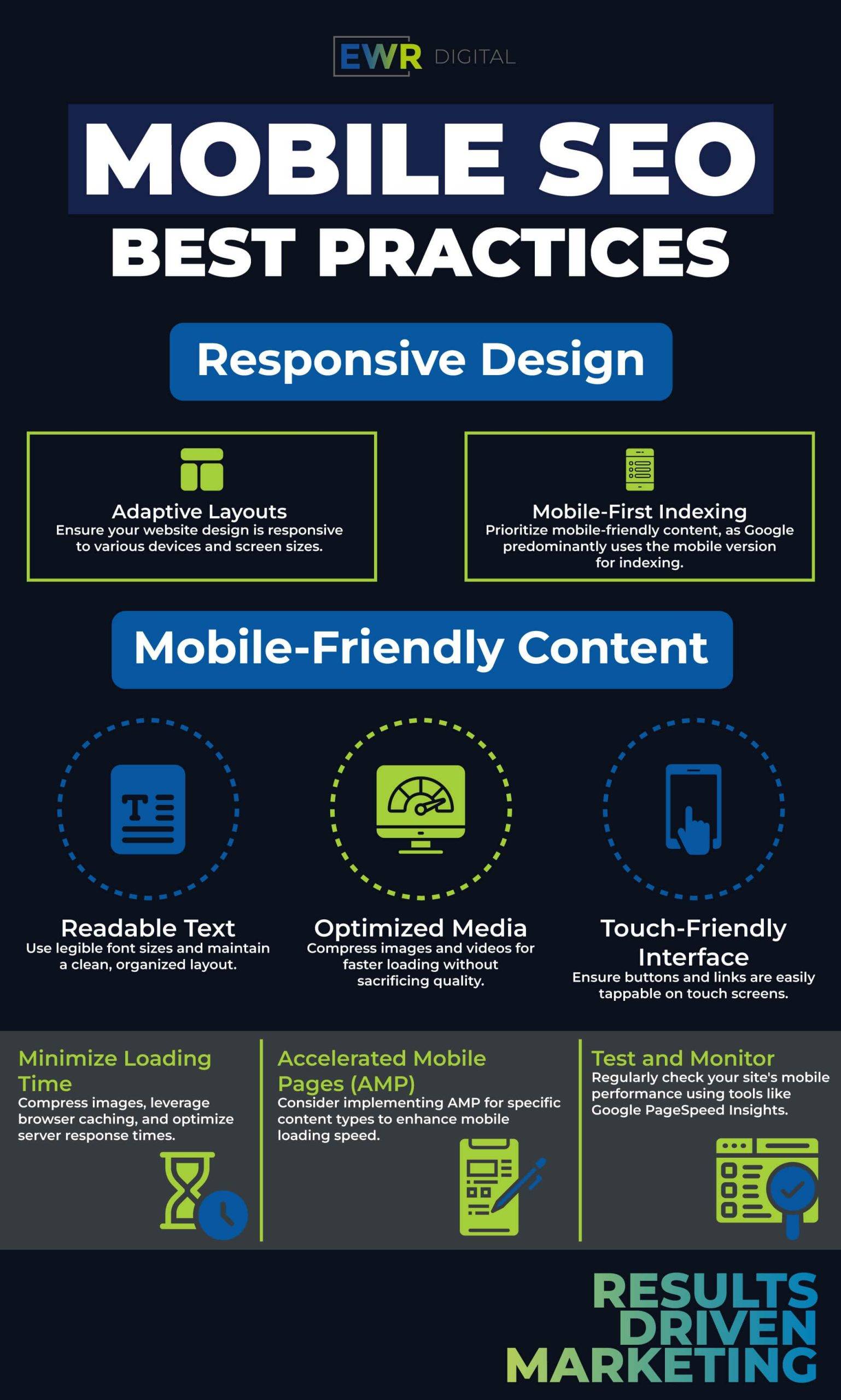Responsive Design in the Energy Sector: Importance and Best Practices
In today’s digital age, where accessing information on various devices has become the norm, responsive web design is crucial for businesses in the oil and gas and industrial industry. Let’s explore the importance of responsive design and delve into best practices for implementing it effectively in oil and gas websites.
The Importance of Responsive Design
Responsive web design refers to the approach of building websites that adapt and respond seamlessly to different screen sizes and devices, such as desktops, laptops, tablets, and smartphones. Here’s why responsive design is essential for oil and gas businesses:
- Enhanced User Experience: A responsive website provides a consistent and optimized experience across all devices, ensuring that visitors can easily navigate and interact with the site regardless of the screen they’re using.
- Accessibility: With more users accessing websites on mobile devices, responsive design ensures accessibility and usability for a broader audience, including field workers and stakeholders on the go.
- Improved SEO Performance: Search engines like Google prioritize mobile-friendly websites in search results. Implementing responsive design can boost your website’s visibility and ranking in search engine results pages (SERPs).
- Cost-Efficiency: Maintaining a single responsive website is more cost-effective than developing and managing separate desktop and mobile versions. It streamlines maintenance efforts and reduces development overhead.

Best Practices for Responsive Web Design in Oil and Gas Businesses
Implementing responsive design requires attention to detail and adherence to best practices. Here are key strategies for creating a responsive oil and gas website:
- Mobile-First Approach: Start with designing for mobile devices first, ensuring that essential content and functionalities are prioritized for smaller screens. This approach ensures a streamlined and user-focused experience.
- Flexible Grid Layouts: Use fluid grid layouts and proportional scaling to ensure that content adjusts dynamically based on screen size. Avoid fixed-width elements that may not display correctly on different devices.
- Optimized Images and Media: Optimize images and multimedia assets for faster loading times on mobile devices. Use responsive image techniques, such as “srcset attributes”, to serve appropriately sized images based on device resolution.
- Clear Navigation and CTA Buttons: Simplify navigation menus and ensure that buttons and interactive elements are touch-friendly. Use large, tappable buttons to improve usability on touchscreen devices.
- Performance Optimization: Pay attention to website performance by minimizing HTTP requests, leveraging browser caching, and using lightweight CSS and JavaScript frameworks. Fast-loading websites improve user satisfaction and SEO rankings.
- Testing Across Devices: Regularly test your responsive design across various devices and screen sizes to identify and address any usability issues. Use tools like Google’s Mobile-Friendly Test to evaluate mobile compatibility.
Conclusion
In conclusion, responsive web design is imperative for oil and gas businesses looking to enhance user experience, accessibility, and search engine visibility. By adopting a mobile-first approach, leveraging flexible layouts, optimizing images and media, ensuring clear navigation, optimizing performance, and conducting thorough testing, oil and gas companies can create responsive websites that engage users and drive business objectives effectively.
Explore More
- Learn about the impact of responsive design on user engagement and conversion rates.
- Discover case studies of successful responsive websites in the energy sector.



